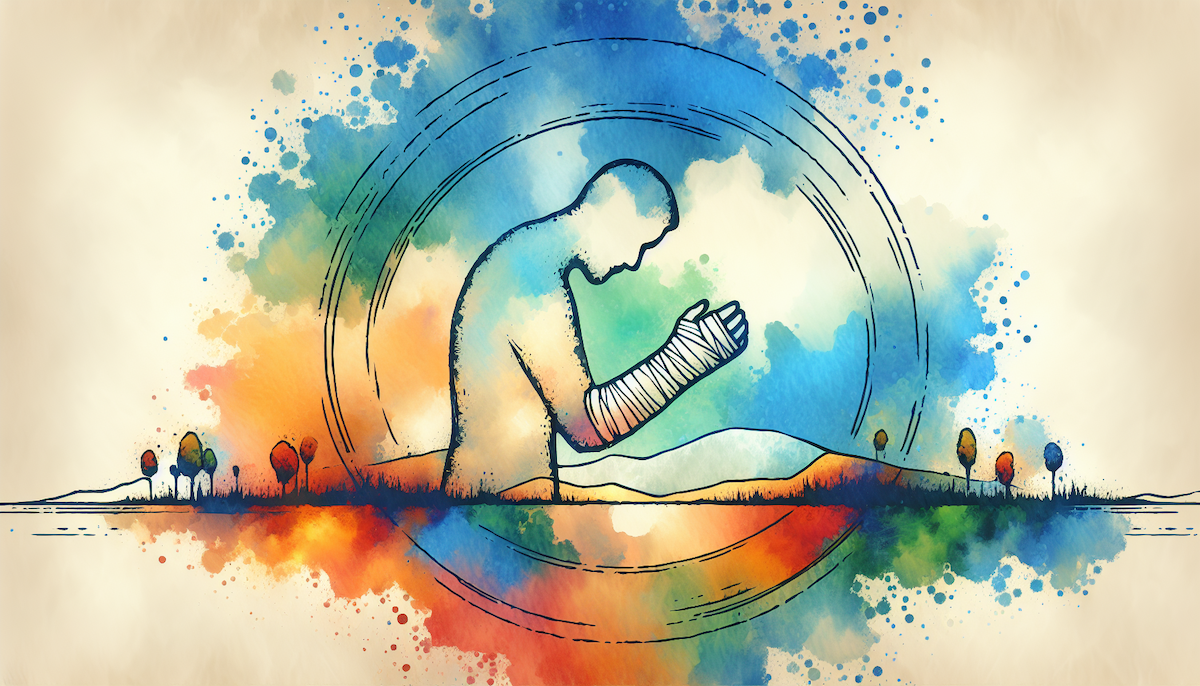In the 1970s, the world of medical casts took a significant step forward with the introduction of fiberglass casts, initially made from plaster of Paris and cotton dressing. While these early versions served their purpose, they were quite bulky and fragile.
Fast forward 50 years, and the journey of innovation continues! Traditional fiberglass casts have transformed into lighter and stronger options, yet some familiar challenges linger: they can still cause discomfort, such as sweating, itching, and unpleasant odors, not to mention the hassle of keeping them dry.
But here’s the exciting news! Engineers from the University of Singapore have brought forth a delightful solution: the Castomize self-moulding cast. This remarkable creation offers a more comfortable and breathable experience for patients.
During a conversation with VentureBlick, engineer Abel Tao shared how he and his talented research team initially crossed paths at the university. Their journey took a fascinating turn when their co-founder, Peng Mao Yu, had a mountaineering mishap that resulted in a fractured arm.
With a smile, Tao recalled, “He complained so much about his cast and how inconvenient it was.” This sparked a realization among the team that there was plenty of room for improvement in the world of orthopedic casts. Armed with their expertise and determination, they set out to develop something truly special.
After extensive experimentation, Tao, Mao, and their team crafted a lightweight, waterproof cast that molds perfectly to the patient’s arm. This innovative cast is applied by a doctor and features a sleek design with honeycomb shapes.
The magic behind this transformation? It’s all thanks to 4D printing technology, which allows the materials to adapt over time through the application of energy sources like water, heat, or electricity. As co-founder Johannes Sunarko explained, “Our cast can be taken apart and reshaped with heat according to the patient’s needs.” Best of all, reusing their cast is cost-effective, equivalent to the price of just two traditional casts.
With the support of research grants from Singapore’s National Research Foundation, Castomize successfully transitioned from an idea to a thriving startup. Their collaboration with the National Healthcare Group enabled crucial partnerships with orthopedic surgeons and nurses, who provided invaluable feedback that helped refine the product.
Since its introduction in hospitals across Asia, Castomize has been celebrated with numerous accolades, including Forbes’ 30 Under 30 recognition, the ASEAN Outstanding Engineering Achievement Award, and the prestigious 2025 MUSE Design Award for Medical Devices.
Looking ahead, Tao and his team are excited to pursue the 2025 James Dyson Award while also expanding their designs to include splints, prosthetics, and beyond. “We are exploring modular designs that can immobilize different parts of the body selectively,” Tao shared. The potential applications of 4D printing extend far beyond orthopedic casts, with exciting opportunities in drug delivery systems and blood vessel stents.
In this world of innovation and growth, the possibilities are endless!


